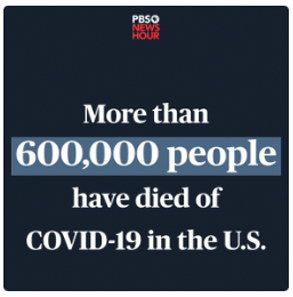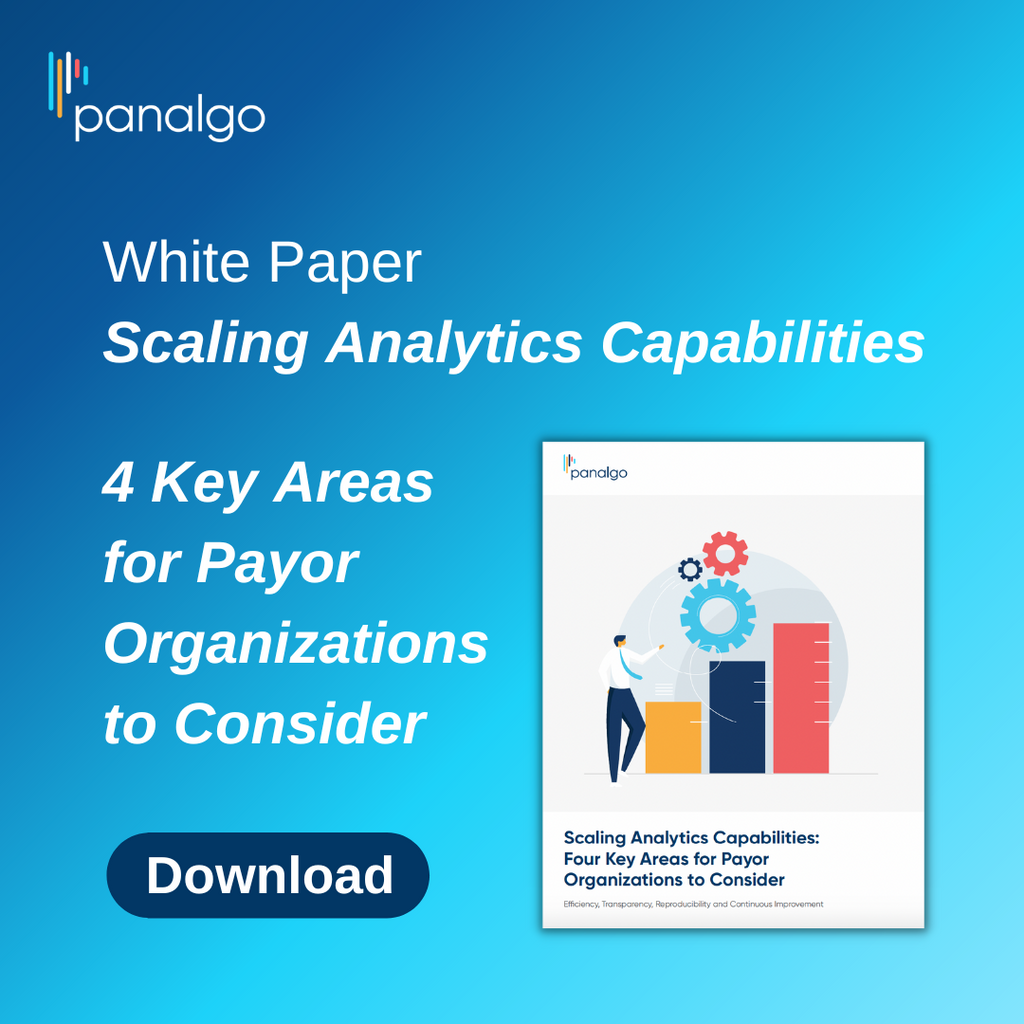Specialty Drug Benefits Survey Spotlights Gene Therapy, Biosimilar Strategies
-
May 16, 2024
While over 90% of health plans receive specialty medication rebates under the pharmacy benefit, the receipt of medical-benefit rebates has risen in the past one to two years, according to the 2024 Trends in Specialty Drug Benefits Report, published by Pharmaceutical Strategies Group, an EPIC company. The report also covered topics like the management strategies of Humira biosimilars and the financial risk associated with cell and gene therapy.
The report is based on responses from 185 benefits leaders from employers, unions/Taft-Hartley plans and health plans representing plan sponsors of approximately 86.6 million covered lives, conducted from Sept. 18, 2023, through Oct. 13, 2023.
Although multiple cost-sharing tiers can encourage more cost-effective medication use, almost 60% of respondents placed all covered specialty drugs on one tier, 18% used two tiers, 20% had three, and 4% used at least four tiers for their specialty medications. Among those who reported using two or more tiers, generic specialty drugs were normally covered in the lowest tier and non-preferred brand specialty drugs were nearly always in the second tier or higher.
Ninety-three percent of those surveyed received specialty drug rebates under the pharmacy benefit, and 44% received rebates under the medical benefit. More employers received rebates under the medical benefit this year, reflecting their efforts to “negotiate for greater transparency and access to those rebates,” according to the report.
Prior authorization, step therapy and quantity limits, and/or dosage optimization programs were the top utilization management strategies cited by those who took the survey. While most respondents had heard of biomarker diagnostic testing — a tool to look for genes, proteins and other substances that can provide information about cancer and direct specific cancer treatments — only 23% of them covered such testing, the report showed.
With growing utilization of biosimilars in the U.S., over half of respondents (54%) reported using a “lowest net cost strategy” to manage such medications. Following the introduction of Humira (adalimumab) biosimilars in 2023, 35% of all respondents chose to put a Humira biosimilar in a preferred position, and another 38% intended to do so.
The report also focused on one of the biggest drivers of cost concerns in the health care system: cell and gene therapies. Seventy-four percent of respondents anticipated gene therapy affordability would be a moderate or major challenge for their organization over the next two to three years. About a quarter of respondents had gene therapy patients, with a higher rate among health plans compared to employers (57% vs. 14%).
Managing total cost of care and overall specialty spend/specialty drug costs were the main prioritized goals of respondents regarding specialty drug management, according to the report. Access to reliable data on the total cost impact of medications was the top concern for plans, followed by the affordability of specialty drug cost-sharing amounts for members.
This infographic was reprinted from AIS Health’s biweekly publication Radar on Drug Benefits.
© 2025 MMIT











